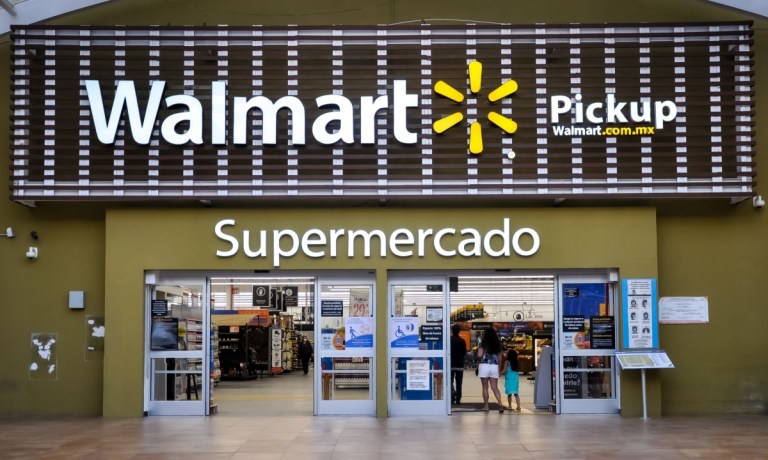
Walmart Mexico’s new boss is aiming to double its sales amid robust eCommerce competition.
Ignacio Caride, who spent more than a decade with online retailer Mercado Libre before becoming CEO of Walmart Mexico — or Walmex — discussed his vision of the company Sunday (Aug. 25) in an interview with the Financial Times (FT).
“Walmex is changing, it’s not a retailer any more ... [or] it’s not only that,” he said. “Around that core business, which is very important, we are building a whole ecosystem.”
According to the report, Caride aims to create a seamless experience between physical and online shopping, while also improving Walmex’s ability to cross-sell offerings like financial services and healthcare. The goal is for the company to double annual revenue to around 1.8 trillion pesos (or about $93 billion) over the next nine years.
The FT noted that there’s a wealth of opportunity in the online shopping space, as Mexico — a middle-income nation with a younger population base — is one of the world’s fast-growing eCommerce markets.
However, much of the market share is held by Amazon and Mercado Libre. A report earlier this year by Mexico’s antitrust regulator Cofece found that the two companies control 85% of the country’s eCommerce space, and called the government to order Amazon and Mercado Libre to take “corrective measures” to ensure competition in the online shopping market.
In the meantime, the challenge for Caribe is to turn a retailer with outdated IT into something that can play in the same arena as its digital-native rivals, the FT report said.
“Our big outstanding debt in the digital world is the technology,” he said. “We’re such a big company with so many systems, we call them legacy systems because they were built for a retail-based mentality, and today we need to modernize that.”
Research by PYMNTS Intelligence has found that 62% of shoppers in Mexico are seeking digital features that aren’t always available, leading merchants to try to fix this digital deficit.
“The reason shoppers in Mexico want digital shopping features is because often they enable consumers to save money and improve their overall in-store experience,” PYMNTS wrote earlier this year.
“In other words — just like we found when studying consumer behavior in Brazil, the U.K., the U.S. and elsewhere — these local shoppers also enjoy enhancing their brick-and-mortar shopping adventures with digital features: an approach to buying our research calls Click-and-Mortar™ shopping.”
For all PYMNTS retail coverage, subscribe to the daily Retail Newsletter.